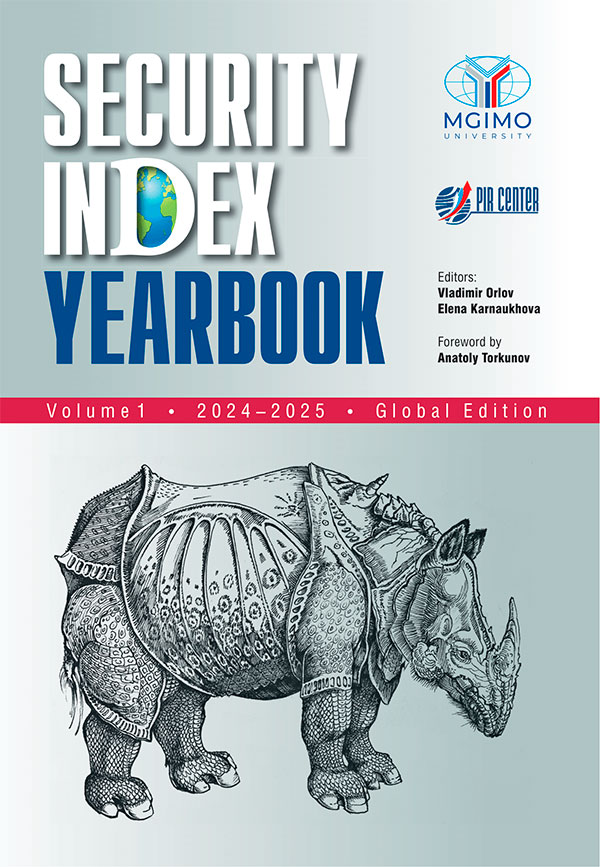... Russia. The UK, like the EU, imposed blocking sanctions against Chinese companies cooperating with Russia. Among them are China’s National Pipeline Group Beihai Liquefied Natural Gas (cooperating in the LNG sector), the aforementioned Indian Nayara Energy, and China’s Shandong Baogang International Port, Shandong Yulong Petrochemical (also blocked by the EU), Shandong Haixin Port, and Shandong Jingang Port (for accepting vessels carrying Russian oil). The United States, for its part, imposed so-called secondary ...
... with Moscow each time. This “fence-sitting” will continue as long as it remains feasible and beneficial for Serbia and its energy security. Western pressure is a defining but not decisive factor: it will not push Serbia in a complete U-turn anytime ... ... ties. Future standoffs will probably concern upcoming digital and infrastructure projects rather than the existing NIS assets. China, for its part, could emerge as a third pole for Serbia through its Belt and Road Initiative, helping diversify economic ...
... the growth potential of SMR exports, and is this a strategic priority for Rosatom over the next five to 10 years, given the global demand for decentralized and low-carbon power sources?
Alexandra Perminova:
The Role of the SCO in Ensuring Water and Energy Security in Central Asia: Opportunities for Russia – China Cooperation
Rosatom sees SMR exports as a strategic direction for the next decade and a central pillar of its global low-carbon agenda. Why? Because there is vast market potential as demand for decentralized, reliable and low-carbon energy sources ...
... Africa and by 4.4–7.7 times in the Middle East (Table 2).
Table 2
. Scenario projections of nuclear power generation at NPPs in the Global South
Source: IEA World Energy
Outlook
2024
Opportunities for Russia
The Role of the SCO in Ensuring Water and Energy Security in Central Asia: Opportunities for Russia – China Cooperation. RIAC Policy Brief
The global push for nuclear power development offers additional opportunities for Russian company Rosatom to expand its activities in this market. In recent years, Rosatom has become a leader in providing nuclear power ...
... Asian countries, demonstrating an interest in strengthening their “sustainable security.” At the same time, the fact Russia, China, and most of the countries in the region are members of the Shanghai Cooperation Organization allows the SCO to be viewed ... ... opportunities within an inter-state and, in particular, a multilateral framework. In terms of economic and social cooperation, water and energy security and stable state development in the region could prove to be this very common ground. These are the factors that ...
RIAC, Institute of China and Contemporary Asia of the Russian Academy of Sciences and Institute of International Studies at Fudan University Report #87 / 2023
RIAC, Institute of China and Contemporary Asia of the Russian Academy of Sciences and Institute of International ...
... foundation is guiding the bilateral partnership. It has raised very specific issues, projects, and industries in which Russia and China interact and plan to boost cooperation. It is now time to implement these intentions, but at least the fact that both presidents ... ... and concrete partnership is obvious to the whole world.
The mutual statement covered the main spheres for further interaction. Energy cooperation will obviously expand. The leaders have discussed it many times, and the projects have already been launched....
... affected by sanctions.
Russia plays a special role since it is one of the essential players in the international commodity market. China finds itself in a special position since it is the second largest economy in the world, one of the biggest trading powers,... ... sanctions are likely to be central during the summit.
Finally, there is some intrigue about the depth of cooperation in the energy sector and whether any new agreements about natural gas exports are going to be achieved during Xi's visit. Agreements,...
... towards partners in Asia. Logistics has been transforming alongside this shift. This process may be labeled a “freight pivot to the East.”
It became possible because the West’s expectations of Russia’s trade ties being cut failed: Asian partners (China, India and ASEAN in particular) continued to actively trade with Russia. The Russian market was expected to crash, but the Russian economy persevered instead—when the ruble began to grow stronger, it turned out that the population’s demand for ...
... both 2011 and 2021, and not only because it drove power consumption for air conditioning. In both cases, heat also resulted in lower water levels and, as a consequence, reduced HPP generation, which increased the load of the TPPs.
In the realities of China’s energy sector as it stands today, nature has also affected the generation of renewable energy sources (RES). For example, reports surfaced on September 21, 2021 claiming that power generation at wind power plants (WPPs) in China’s northeast dropped ...



